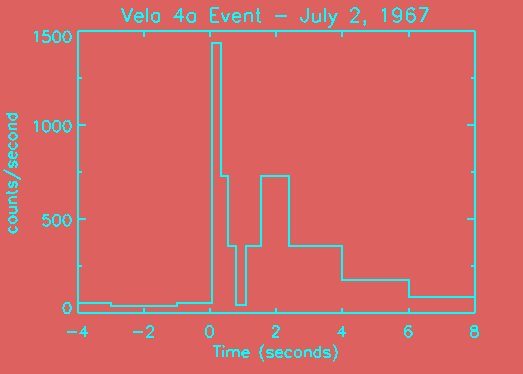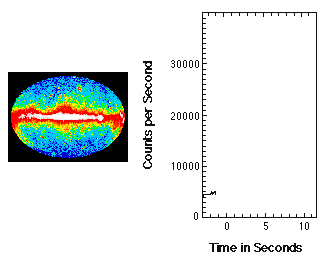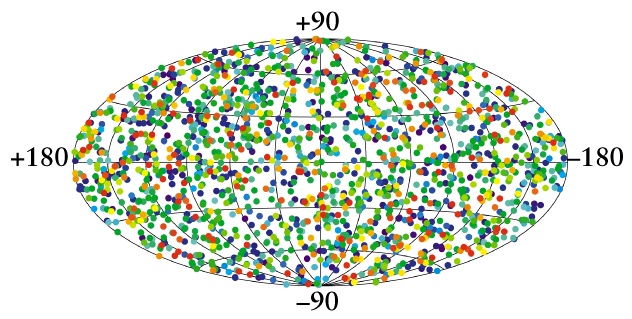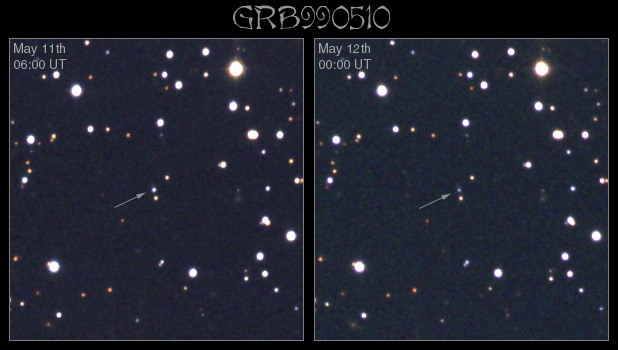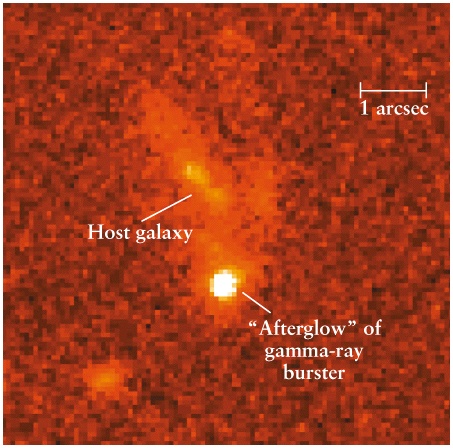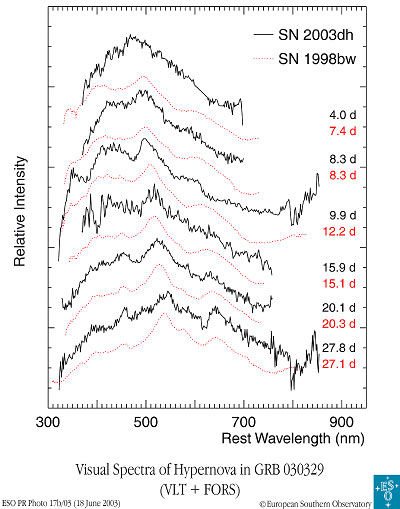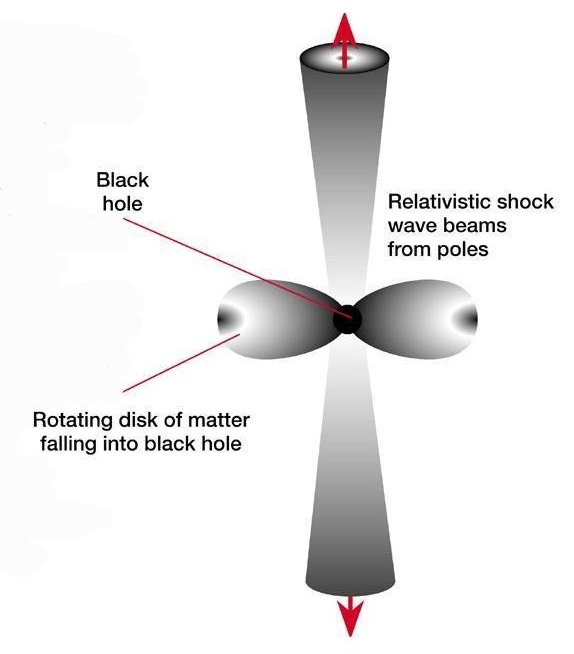The First Gamma-Ray Burst
- The testing of nuclear weapons was banned in 1963.
- The Americans didn't trust the Soviet Union and placed the Vela satellite in orbit to watch for nuclear explosions.
- In a nuclear explosion, gamma-rays are emitted, so the Vela satellite was designed to look for gamma-rays.
- Vela discovered gamma-rays from the sky, instead of the Earth.
- The gamma-rays came in short bursts, so they were called gamma-ray bursts.
